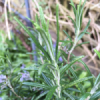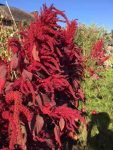There’s a lot of satisfaction in having a variety of herbs around – not relying on the supermarkets. Now is the right time to take cuttings from Rosemary, Thyme and Sage plants to last throughout the year. The RGS recommends a ‘plastic bag’ greenhouse to shield cutting from draughts, particularly for ‘window sill’ growers.
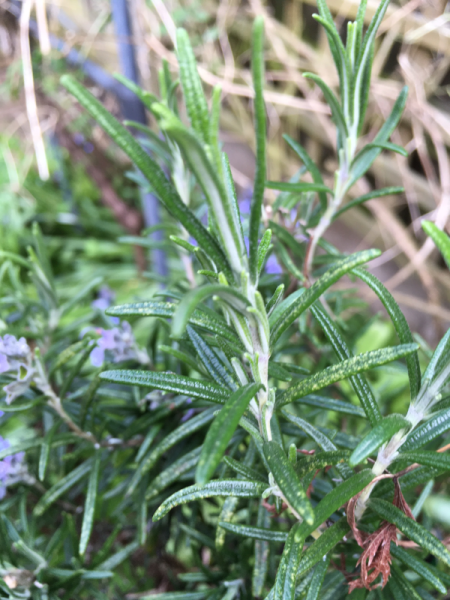
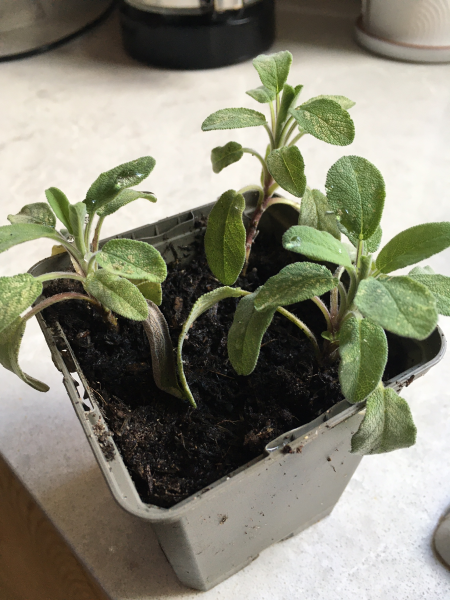
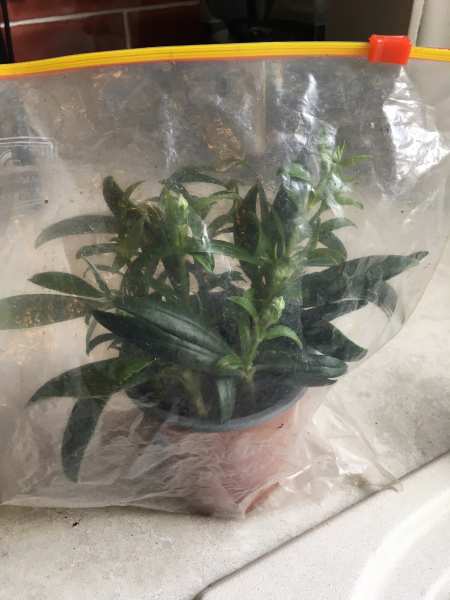
- Prepare a pot with moist, well drained compost – a mix of peat free with grit or vermiculite, or a specialist cutting compost.
- Take short cuttings, 5-10 cm long from the soft new growth, remove lower leaves and put at least 3 cm into the soil. Use a rooting hormone if you wish, but most cuttings will take at this time of year without this. You can put 4 or 5 cuttings around the side of a single pot.
- Water well and allow to drain.
- Place the pot in a plastic bag which will seal at the top. This isn’t always necessary if you have a greenhouse or cold-frame. Close the bag partially – leave a small ventilation hole.
- Leave in a warm place – greenhouse or cold-frame is ideal, but a windowsill works. Watch for too much moisture build up – open the bag to avoid this.
- After 2-3 weeks remove the bag and leave in a sheltered, temperate, place. Remember to water and you should see new growth within a few weeks.

